Three small museums, each with a unique set of eccentricities, set up shop in New York City.
In the aftermath of the Museum of Ice Cream (whose founder has referred to traditional museums as “archaic“), the bar has been set low for self-proclaimed museums. By today’s standards, what distinguishes a museum from a pop-up, or an exhibition from Instagram photo-op?
I recently checked out three new venues in New York City that stake a claim on museumhood, some more successfully than others: the Museum of Illusions, the KGB Espionage Museum, and the Museum of the Dog.
The Museum of Illusions is located in an old bank building in the West Village; I’d passed by a few months ago on a Friday evening and was intrigued by the line of visitors queuing nearly around the block.
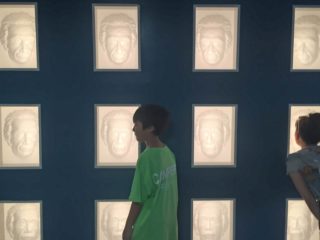 The museum is in fact devoted solely to optical illusions – no prestidigitation to be found here. After passing through its lobby and gift shop, I entered its cramped corridors. The space was filled with young visitors on a field trip from their day camp, and with only about 30 guests in the entire museum, it felt claustrophobic.
The museum is in fact devoted solely to optical illusions – no prestidigitation to be found here. After passing through its lobby and gift shop, I entered its cramped corridors. The space was filled with young visitors on a field trip from their day camp, and with only about 30 guests in the entire museum, it felt claustrophobic.
Much of the content is up on the walls – familiar 2D optical illusions, printed and framed, many of which were familiar to me as a child decades ago. Short labels provide a little bit of explanation, but there’s no higher-level interpretation to connect the experiences together. There’s a nice undulating zoetrope (but no opportunity to stop it to see how it works), a few holograms, and one or two 3D-perspective illusions.
The most popular things here were the immersive rooms; if you’ve been to more than a few science centers (or even a Ripley’s Believe-it-or-Not venue), the contents of these will be familiar. One room is about 20 degrees off-kilter, another is a ‘sideways’ room, with furniture bolted to the walls. A few spaces offer an infinite-mirror experience, and a fixed-perspective Ames room drew enough of a crowd that its illusion was often broken. The true draw of the Museum of Illusions, it seemed, was Instagram photo opportunities.
The design throughout is fairly bare-bones, with the occasional splash of patterned wallpaper. The whole thing felt lazy to me – all the 2-D illusions could easily be found in a school library, and the 3-D spaces lacked craft (a touch of lighting design would have gone a long way). It’s hard to imagine any exhibition team, tasked with designing something around optical illusions, coming up with something so… unimaginative.
Just a few blocks away was an even more obscure destination: The KGB Espionage Museum. This was, in some ways, the polar opposite of the Museum of Illusions, as it was built around the private collection of a Lithuanian historian.
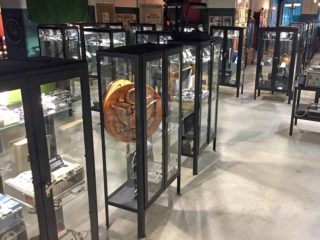 The space was filled with vitrines showing off rare spy equipment, from tape recorders to hidden weapons; my favorite of these was the “Bulgarian Umbrella” with a concealed poison projectile. Objects that didn’t fit into the display cases were staged in impromptu tableaux, often around uniformed mannequins at cold-war era desks.
The space was filled with vitrines showing off rare spy equipment, from tape recorders to hidden weapons; my favorite of these was the “Bulgarian Umbrella” with a concealed poison projectile. Objects that didn’t fit into the display cases were staged in impromptu tableaux, often around uniformed mannequins at cold-war era desks.
There were a handful of other experiences to be had here – a few iPad minigames, a video that could only be viewed through polarized glasses, and some tactile interactives. And of course, there were Instagram moments: an arrest photo, a gulag, and most inappropriately, a torture chair.
 Each item has a small label, but once again, there was nothing to contextualize what was on display. Large signage delineated each leadership era of the KGB, but didn’t provide any history. One could imagine a younger visitor coming out of the museum not understanding what the KGB was – or even the USSR.
Each item has a small label, but once again, there was nothing to contextualize what was on display. Large signage delineated each leadership era of the KGB, but didn’t provide any history. One could imagine a younger visitor coming out of the museum not understanding what the KGB was – or even the USSR.
Still, despite its slapdash approach, there’s a quirkiness to the KGB Espionage Museum that makes me want to root for it. Afficionados of spycraft, the former Soviet Union, and even electronics history might find something of interest. It’s a strong enough collection that, in the right hands, could be the basis for an engaging exhibition – just not this one.
A week later, I headed to Midtown Manhattan, where the Museum of the Dog awaited me in the lobby of a skyscraper near Grand Central Terminal. Unlike the other two museums, this one has been around for a while; founded by the American Kennel Club in 1982, it moved from St. Louis to New York this spring in the hopes of attracting a wider audience.
The museum stands in stark contrast to the previous two I’d visited in its presentation – which was immaculate. Lighting, casework, and overall design were sleek, inviting, and expensive-looking. Ironically, this was the most affordable of the three – $15, vs. $19 for Illusions and $22(!) for KGB.
I’m not sure what I expected from the Museum of the Dog in terms of content, but it’s about 60% paintings of dogs and 20% sculptures of dogs. It’s a substantial collection, with a few open storage racks visible upon request, and a tower of ceramic figurines stretching three stories high at the stairwell.
Almost all the work was traditional portraiture, with nothing abstract and little verging on narrative, or even Modernism. It felt like a gallery of the dogs of the aristocracy. There was a bit of interpretation for a temporary exhibition about female artists, but other than that, the bulk of labels simply identified each work’s title and artist. Browsing quickly became a game of “find the cutest dog.” Despite the elegant design of the gallery, its content devolved into kitsch.
There are a few fun moments to be had here – a Kinect-based interactive provided a simple primer on dog training, while digital tabletops offered an interactive encyclopedia of dog breeds (the AKC is, after all, the organization behind dog shows and ‘purebred’ certification). The donor wall presented benefactors via their canine avatars, and a projected frieze across the facade featured an animated parade of silhouetted dogs. Most fun was an interactive that takes visitor photos and ‘matches’ them to a catalog of breeds. In three attempts, I was identified as a French Bulldog, a Chihuahua, and a Yorkshire Terrier. In each case, the resemblance was uncanny….
A museum of dogs seems like a great place to talk about canine history, evolution, anatomy, behavior, and so much more; at this venue, unfortunately, that’s a lost opportunity.
There’s something presumptuous about defining an institution as “The Museum of….” Why not “A Museum of…”?
The three venues I visited all felt lacking – in substance, interpretation, and engagement, to varying degrees. New York is a big, but tough marketplace for these types of visitor experiences, with rabid competition for tourist dollars. I’ll be curious to see whether these institutions can grow into something meaningful, or whether they falter, becoming pop-up experiences by virtue of their unplanned ephemerality.


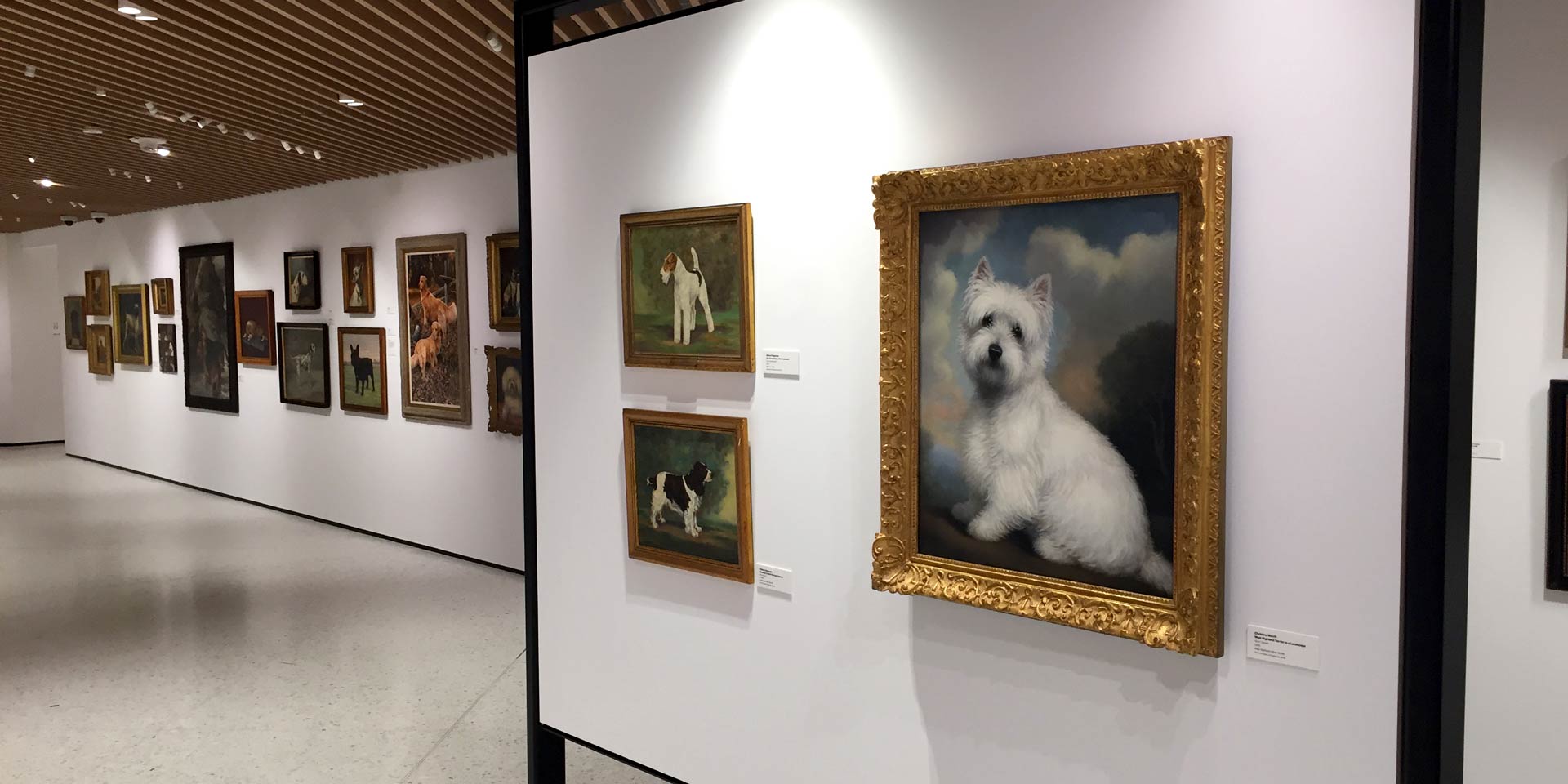


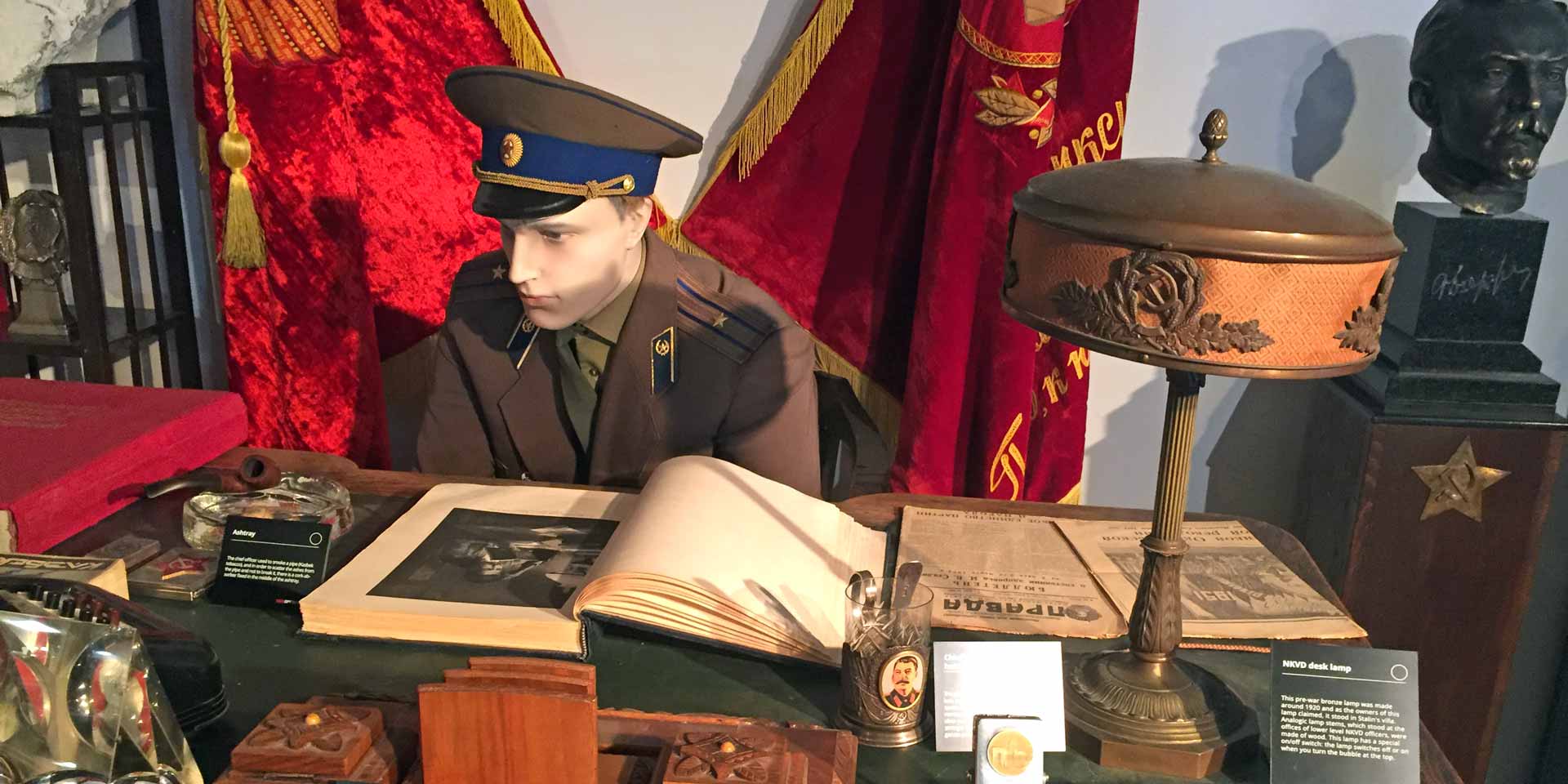

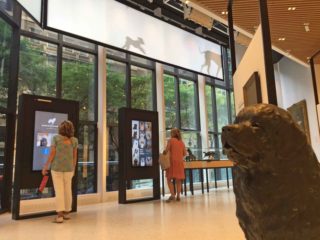
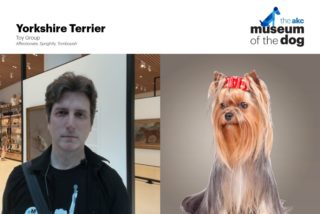
One thought on “NYC Micro-Museum Sampler”
Comments are closed.